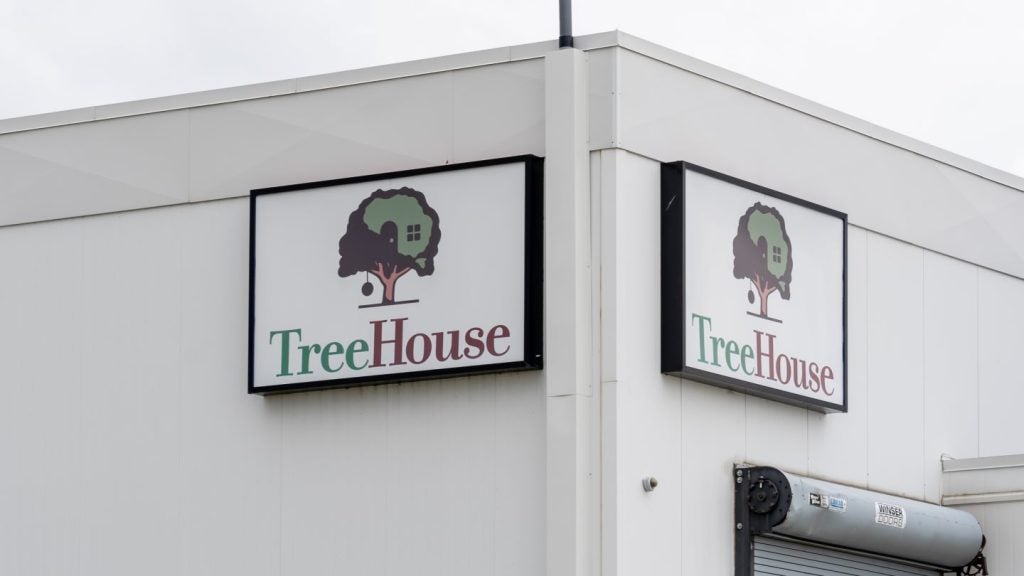TreeHouse Foods, the US-based private-label major, has revised its 2024 sales forecast downwards by $100m following a challenging third quarter marked by a decline in net sales and a shift to a net loss.
The company now expects adjusted net sales to range between $3.37bn and $3.40bn for 2024, down from the $3.43bn to $3.50bn projected in the second quarter of 2024.
This revision reflects weaker consumption trends and the anticipated impact of a voluntary griddle product recall.
In October, TreeHouse expanded a recall necessary because of a potential listeria contamination affecting all products from one of its facilities in Ontario, Canada.
TreeHouse has also lowered its full-year adjusted EBITDA forecast to a range of $335m to $345m, down from $360m to $380m previously.
For the third quarter of 2024, TreeHouse reported net sales of $839.1m, a 2.8% decrease from $863.3m in the same period last year.
This decline was largely driven by the recall, along with additional challenges, including an estimated $5m to $10m negative impact from Hurricane Helene, which disrupted distribution in the country's south-east, and pricing adjustments in certain commodity-driven categories.
The company’s net loss from continuing operations for the third quarter stood at $3.4m versus a net income of $9.8m in the same quarter last year.
The company's CEO Steve Oakland described the third-quarter results as “mixed,” attributing the lower-than-expected sales to a “tough operating environment with softer consumer takeaway".
However, adjusted EBITDA from continuing operations saw an increase of $12.6m to $102.5m in the third quarter of 2024, largely due to supply chain savings initiatives.
Oakland added: “As we look forward, we continue to expect sequential improvement in organic volume growth, though the challenging consumer backdrop and the impact of the recall have led us to temper our expectations.
“I continue to be confident in our competitive positioning moving forward and believe our strategy, which includes initiatives in our supply chain and margin management opportunities, can drive meaningful profit improvement.”









